The shishak's shape was similar to the traditional onion-dome shape of
Russian churches. It is formed from a rounded dome that, near the center,
reverses its curve to rise sharply to a point. (Finkelshteyn)
shlyem - general term for helmet - 14th
yalovetsa - a small flag attached to the conical point of some helmets,
usually the shishak.
yerikhonka - or shapka yerikhonka - 14th-17th
A tall helmet, but not as tall as a shishak, it had a cylindrical venets
(lower edge of the crown) and a very high conical naversheniye (upper edge
of the crown), with repye (metallic decoration often of copper), and ear
flaps, peak and rear section attached to the venets, worn over a cap or
thick cloth lining. The nose with shyurupt (a shurup is a screw) passed
through the peak on a kind of slide with a set screw to lock it in place.
Usually worn only by rich and noble warriors, and could be richly decorated
with gold, silver and jewels. (Sloan)
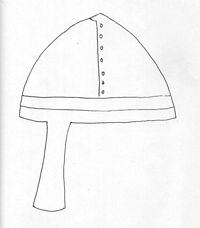 A Simple Shlyem
A Simple Shlyem
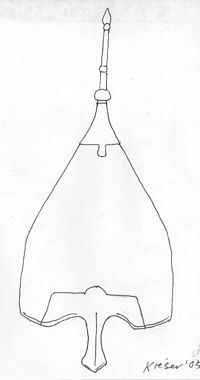 The Shishak
The Shishak
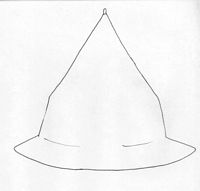 The Kolpak
The Kolpak
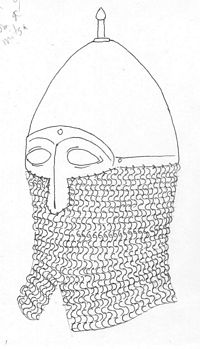 Helmet with Zabralom and Barmitsa
Helmet with Zabralom and Barmitsa
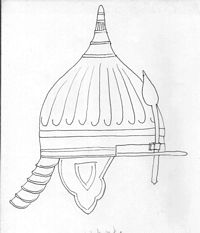 The Yerikhonka
The Yerikhonka
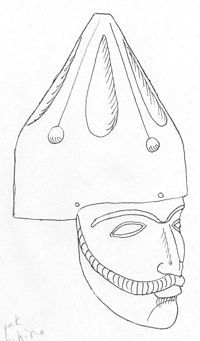 Helmet with Litchina
Helmet with Litchina
| 